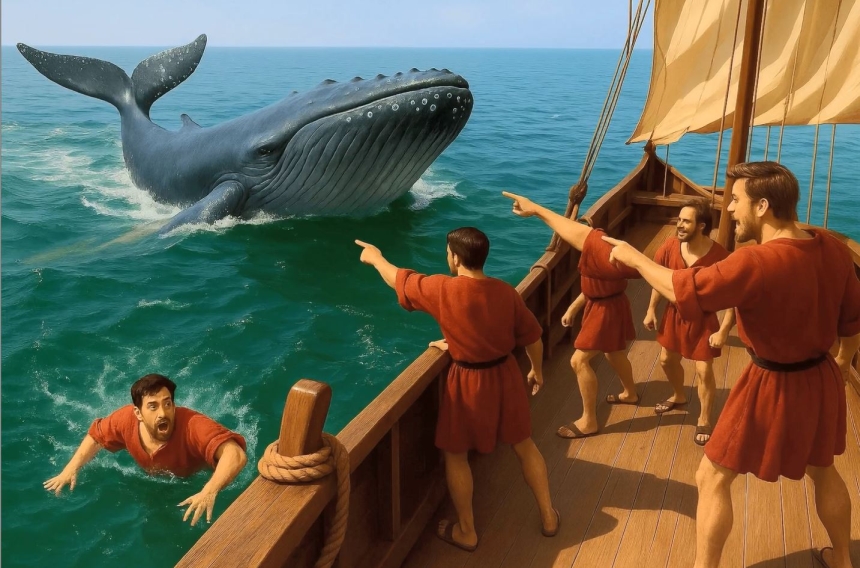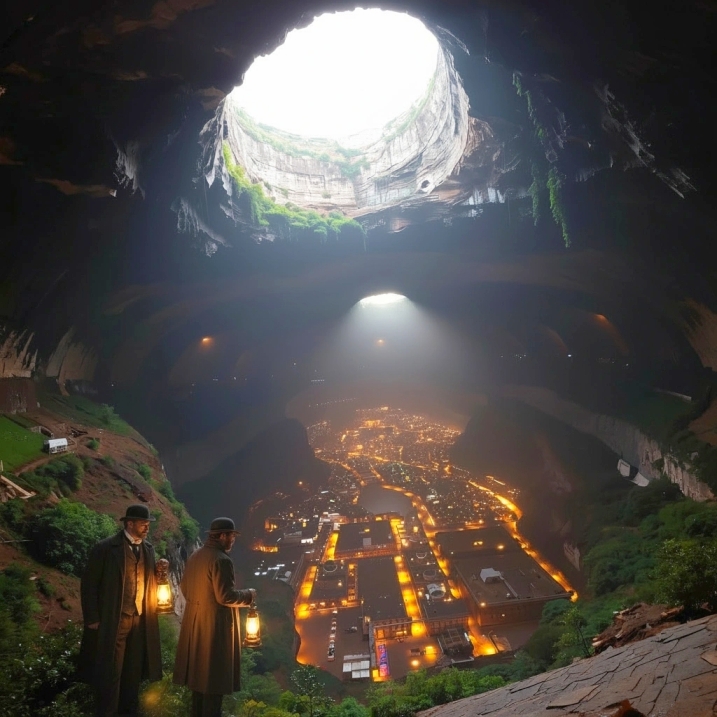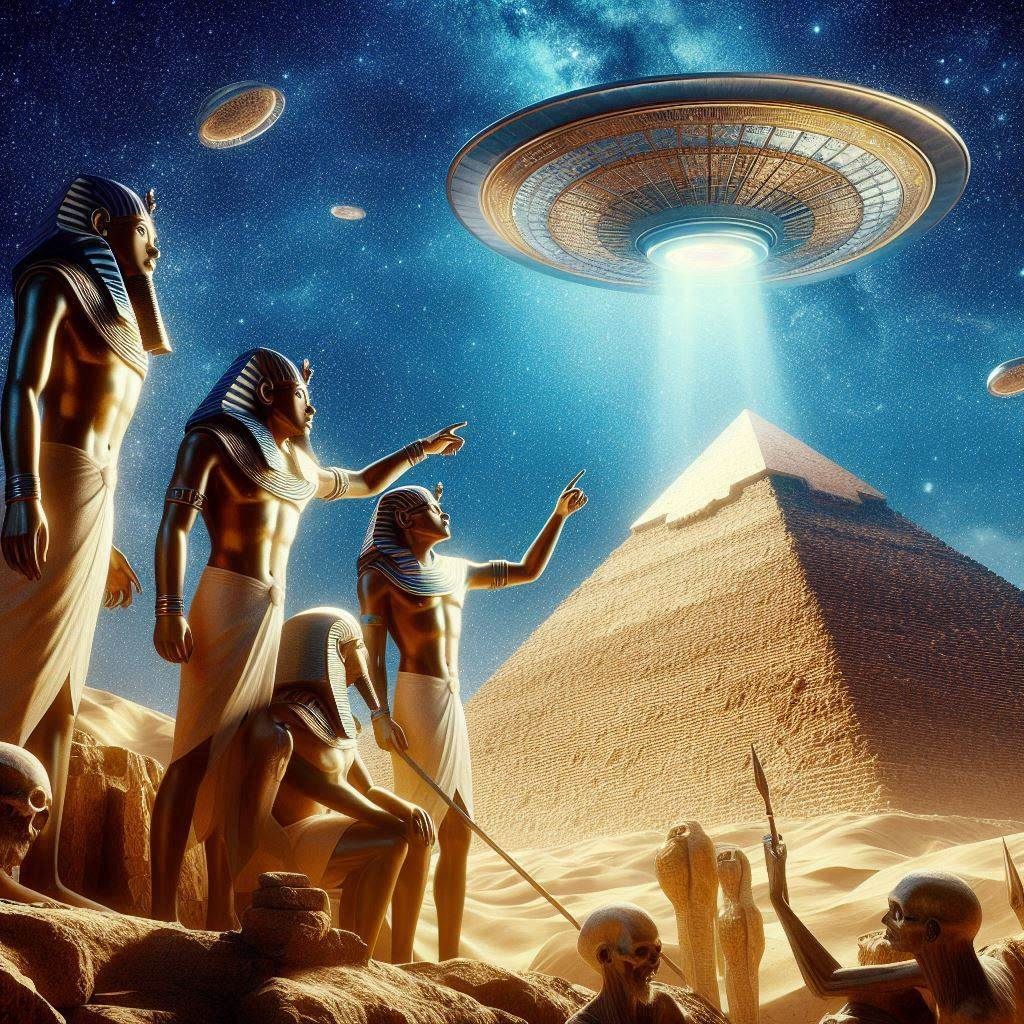
Between the 1930s and the 1970s, extensive research was conducted on the hypothesis of advanced extraterrestrials visiting Earth. This period saw a significant number of unidentified flying object (UFO) sightings, with many of these aerial phenomena reportedly defying the known laws of physics. The frequency and nature of these sightings led to widespread speculation that such vehicles might have been observed not only in modern times but also in ancient history. One prominent theory posits that extraterrestrial astronauts, potentially both male and female, visited Earth in the distant past, were perceived as supernatural beings, and subsequently worshipped as gods and goddesses. Throughout history, various cultures have depicted deities with origins in the stars, sky, or outer space. These celestial deities often embody the mysteries of the cosmos and the unknown, reflecting humanity’s enduring fascination with the heavens. This article examines various gods and goddesses in religions and legends.
Ancient Myths and Celestial Deities
Mesopotamian mythology is rich with deities associated with the heavens. Anu, the god of the sky, was the highest god in the Sumerian pantheon and father to many other gods. His domain was the expanse of the sky, symbolizing his overarching authority. Anu’s children, such as Inanna (Ishtar), the goddess of love and war, also held celestial connections. Inanna’s descent to and return from the underworld is often interpreted as a representation of the Venus star’s cycle.
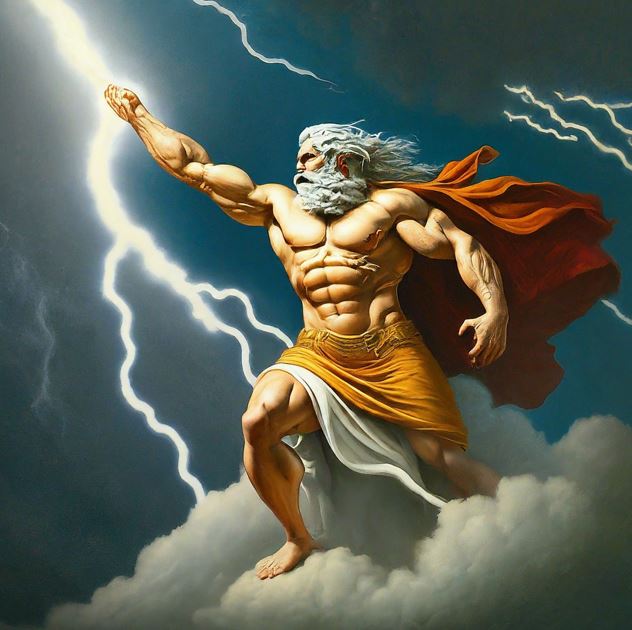
In ancient Egypt, the sky and stars played a crucial role in their religious beliefs. Nut, the sky goddess, was depicted as a woman arching over the earth god Geb, with her body adorned with stars. Her nightly swallowing and morning birthing of Ra, the sun god, illustrated the eternal cycle of night and day. Ra himself was a powerful deity who journeyed across the sky in his solar barque, battling the forces of chaos, symbolized by the serpent Apophis, during his nightly journey through the underworld.
Greek and Roman mythology is replete with gods who personify celestial phenomena. Zeus (Jupiter), the ruler of the Greek pantheon, controlled the sky and weather, often depicted with thunderbolts. Hera (Juno), his wife, was also a sky deity associated with the protection of women and marriage. Athena dispensed wisdom, and Venus provided love. Apollo, the god of the sun, prophecy, and music, drove his chariot across the sky daily, illuminating the world. His twin sister Artemis (Diana), associated with the moon and hunting, represented the contrasting yet complementary aspects of celestial cycles. The ancient Greeks spoke of their gods and goddesses descending from the heavens to Earth, and then residing on Mount Olympus, a real mountain in Greece. These divinities were depicted as human in appearance.
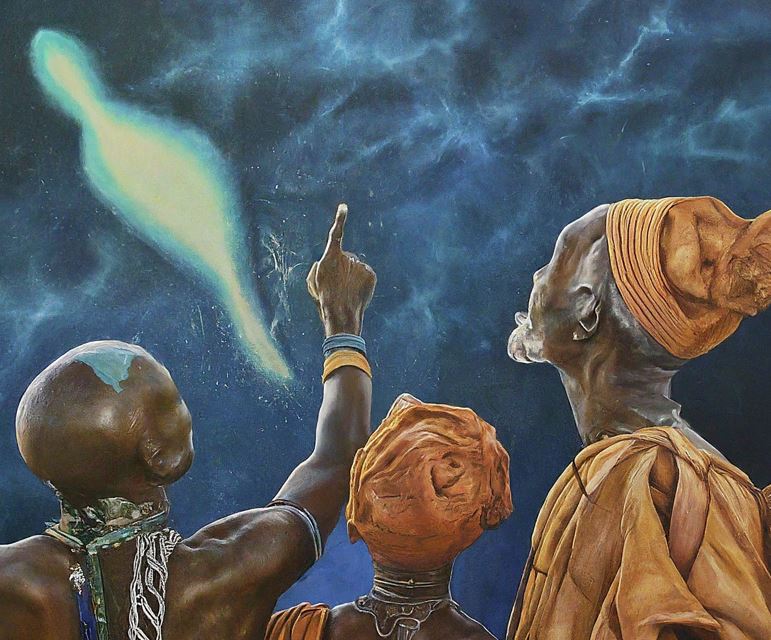
The Dogon tribe of Mali possesses intricate astronomical knowledge, particularly about the Sirius star system. Their mythology tells of the Nommo, amphibious beings who descended from Sirius to impart wisdom and knowledge. This legend is remarkable because the Dogon’s detailed knowledge of Sirius B, a white dwarf star invisible to the naked eye, was confirmed by modern astronomy only in the 20th century. This has led to speculation about how such knowledge could be acquired without telescopic aid. In 1862, astronomer and telescope maker Alvan Graham Clark observed Sirius B through a newly designed, more advanced refractory telescope. Sirius B confirmed the hypothesis of astronomer and physicist Bessel, who suggested that the particular wobble orbit of Sirius indicated the presence of a companion star. The Dogon tribe has frequently been visited by missionaries, travelers, and tourists. It is likely that one of these visitors informed the Dogon about Sirius B since the Dogon used the appearance of Sirius to mark the changing seasons.
Hindu scriptures describe a plethora of celestial beings and advanced flying crafts called Vimanas. These texts, such as the Vedas and the Mahabharata, narrate the exploits of gods like Vishnu and Shiva, who often exhibit cosmic attributes. Vishnu’s ten incarnations (Dashavatara) suggest a cyclical nature of cosmic events, aligning with the concept of Yugas (ages) in Hindu cosmology. The detailed descriptions of Vimanas, with their sophisticated technology, have prompted some to theorize about ancient knowledge of aerospace engineering.
Zulu mythology speaks of sky gods, notably the deity Unkulunkulu, who descended from the heavens to create humanity. Scholar Ana Maria Monteiro-Ferreira asserts that before the spread of Christianity to the Zulu people, Unkulunkulu was not regarded as a Supreme Being like the Christian God.
Comparative Analysis
Across cultures, celestial deities often share common attributes, such as control over natural phenomena, association with wisdom and knowledge, and roles in creation myths. For instance, the Sumerian Anu, the Greek Zeus, and the Hindu Indra all wield thunderbolts and rule over the sky, suggesting a universal archetype of a sky god in human consciousness.
The symbolism of gods from the sky often represents humanity’s aspiration to connect with the cosmos. The heavens have been a source of inspiration and mystery, leading to the personification of celestial bodies as deities. These myths may also reflect ancient astronomical knowledge encoded in allegorical narratives, serving both religious and educational purposes.
Many civilizations worldwide claim their ancient lineage can be traced back to specific stars or constellations in the night sky, also known as “the heavens.” For instance, in American Indian lore, the Hopi say their first home was in the Pleiades constellation, which they call “Chuhukon,” meaning “those who cling together.” Similar beliefs are held by the Lakota and the Zuni, who assert that they were created as spiritual beings by the gods who reside in the sky. Bright stars and planets, often perceived as divine or heavenly beings by ancient peoples, were thought to be significant.
Some people believe that extraterrestrials came to Earth and impregnated human females, producing so-called “star children.” However, extensive DNA testing on millions of people has only indicated human genes.
In stories and legends spanning millennia, there are instances of divinities speaking to humans, issuing commands, warnings, rewards, and punishments, which then become recorded in ancient documents. Some theorists claim these speeches are proof of extraterrestrial communication. While these verbal communications may be real, they could also be human inventions, created to explain puzzling and strange natural phenomena. Additionally, powerful authorities might have fabricated these speeches to influence and control large populations.
Ancient Peoples’ Experiences with Unidentified Flying Objects
In 218 B.C., historian Titus Livius (Livy) documented “phantom ships seen gleaming in the sky over Rome.” In 217 B.C., he described round shields seen in the sky over the ancient city of Arpi. Decades later, in 176 B.C., Livy recounted a great fleet of sky objects near the ancient city of Lanuvium. In the same year, Gaius Plinius Secundus (Pliny the Elder) wrote in “Naturalis Historia” about “a spark falling from a star, increasing in size as it approached the earth until it became the size of the moon, shining as though through a cloud; it afterward returned to the heavens.” In 74 B.C., Plutarch of Chaeronea described a strange occurrence in the sky during a battle between the Roman Empire and Mithridates VI of Pontus. He wrote of a huge, luminous, fiery “wine vessel” hovering between the two armies, which descended a large body of flame, causing the armies to retreat.
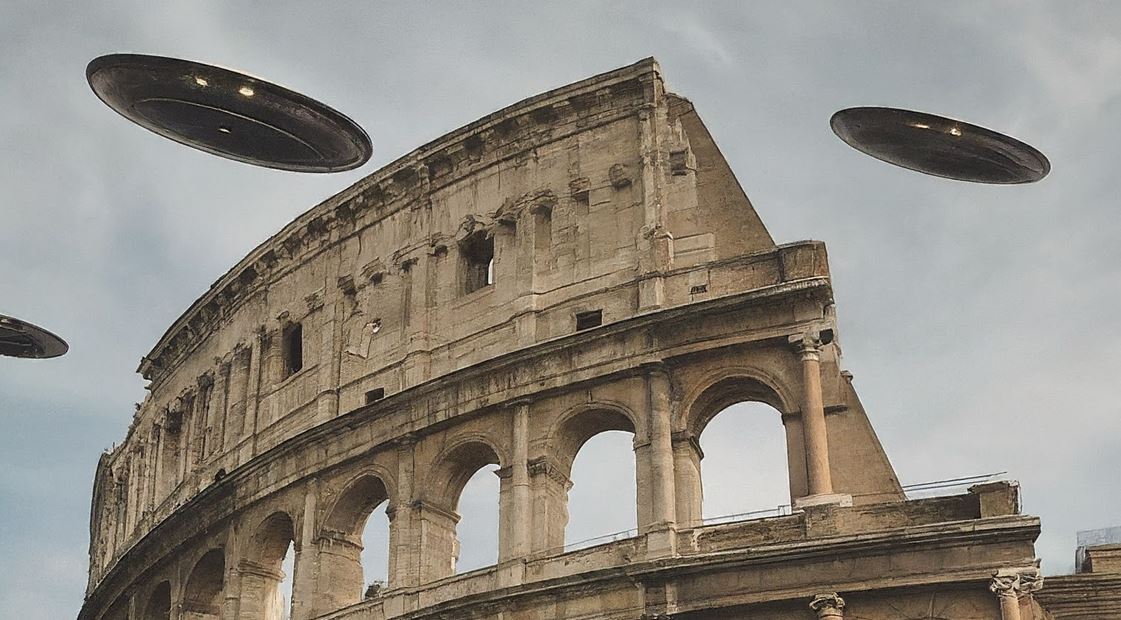
A UFO incident is cited from the Tulli Papyrus, translated by Prince Boris de Rachewiltz. During the reign of Pharaoh Thutmose III (1479 B.C. to 1425 B.C.), a “circle of fire” descended from the sky with a foul odor. The object, about fifteen feet across, was joined by similar objects over several days, forming a fleet that stretched across the sky, shining brighter than the sun. These “powerful fiery disks” moved south over the horizon one evening, never to be seen again.
Conclusion
The concept of gods and goddesses from outer space provides a fascinating intersection of mythology, astronomy, and cultural anthropology. Whether through ancient religious texts, tribal legends, or contemporary theories, the idea that divine beings originate from the stars continues to captivate and inspire. These stories reflect humanity’s enduring quest to understand our place in the universe and the possibility of life beyond our planet. By exploring these myths and theories, we gain insight into our ancestors’ views of the cosmos and the timeless allure of the stars.
